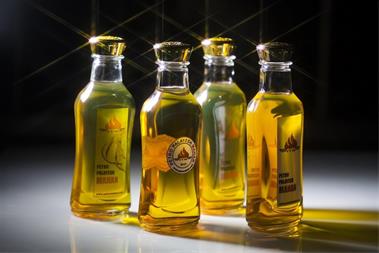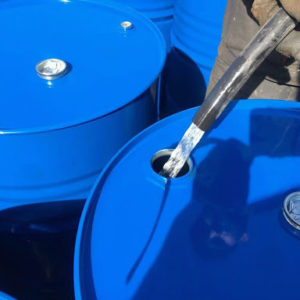PetroleumHeavy Hydrocarbon
HEAVY & LIGHT HYDROCARBON
Hydrocarbon, any of a class of organic chemical compounds composed only of the elements carbon (C) and hydrogen (H). The carbon atoms join together to form the framework of the compound, and the hydrogen atoms attach to them in many different configurations. Hydrocarbons are the principal constituents of petroleum and natural gas. Aromatic hydrocarbons (arenes), alkanes, alkenes, cycloalkanes and alkyne-based compounds are different types of hydrocarbons. Most hydrocarbons are generated from the thermal ‘cracking’ and fractional distillation of crude oil.
They serve as fuels and lubricants as well as raw materials for the production of plastics, fibres, rubbers, solvents, explosives, and industrial chemicals. The greatest amounts of hydrocarbons are used as fuel for combustion, particularly in heating and motor fuel applications. The primary components of natural gas are methane and ethane. With pentane, the saturated hydrocarbons enter the realm of room-temperature liquids. This makes them useful as organic solvents, cleaners, and transport fuels. Gasoline for internal combustion engines in cars, trucks, tractors, lawnmowers, and so on, is rated in combustion properties relative to octane. It is in fact a combination of liquid hydrocarbons ranging from hexanes to decanes. Slightly larger hydrocarbons are known as kerosene or jet fuel, diesel fuel and heating oil. Still larger hydrocarbon molecules serve as lubricating oils, and greases.





